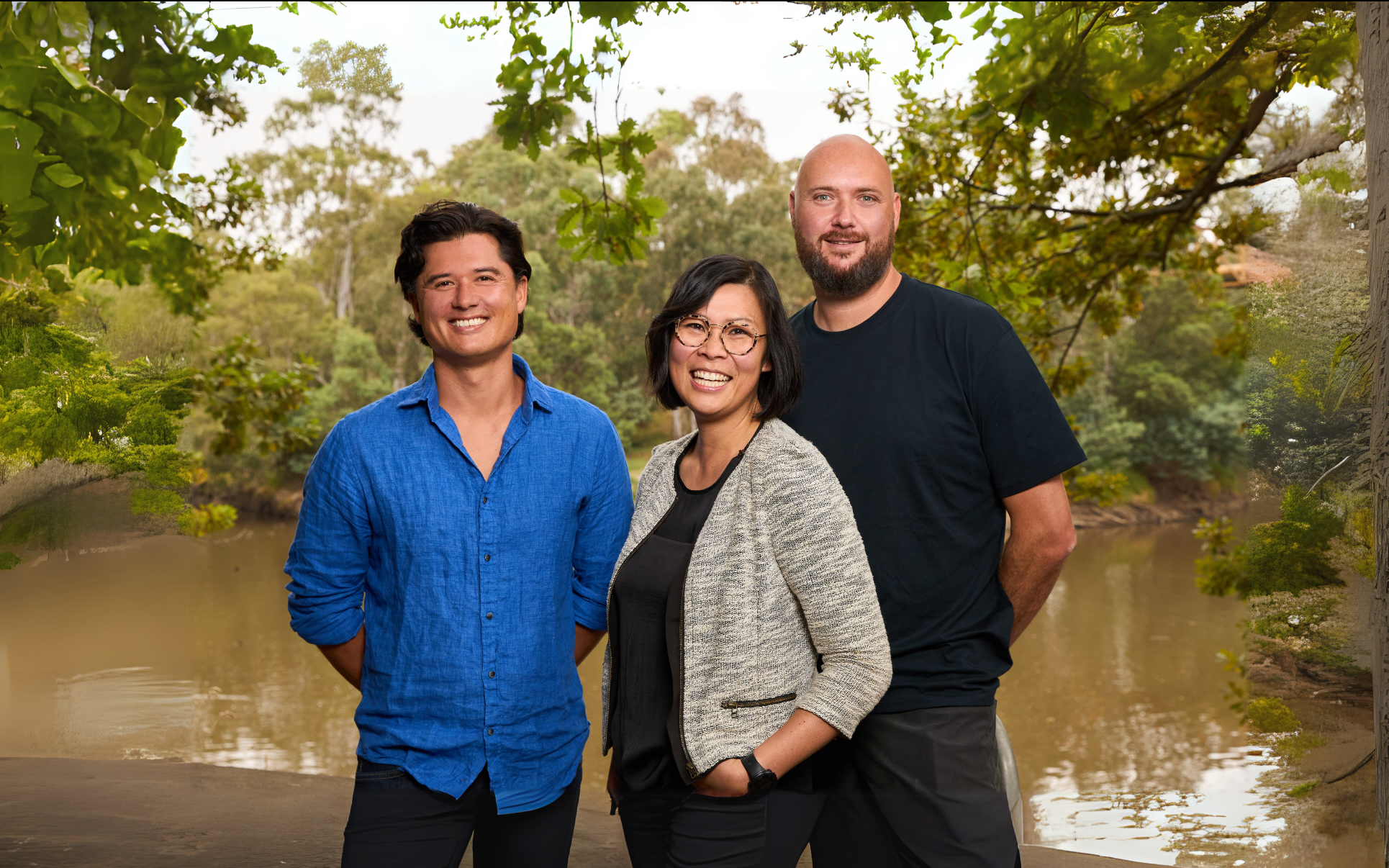A parable of problem solving
You and your friend are standing beside a river and a crisis strikes: you see a drowning child struggling to stay afloat down the stream.
Obviously, you jump and save the child, pulling them to shore with a lot of effort. But then, just as you’ve made sure they’re safe, you see another child splashing down the river. And another. And another.
As you jump in for the umpteenth time, your friend starts running upstream.
You yell after them to ask why they won’t help, and they reply “I’m going to tackle the guy throwing kids into the river!”
(parable paraphrased from source and commonly attributed to Irving Zola)
This is the story of so many problems we face today. We tend to focus on solving the symptoms of a problem rather than tackling the root cause and preventing it at the source.
For impact founders intending to solve the world’s most pressing problems, adopting upstream thinking can help find the most revolutionary ways to shift the dial.
Upstream, always upstream
The practice of upstream thinking, popularised recently by Dan Heath, is a form of systems thinking that recognises that everything is interconnected, and tries to address the problem before it snowballs into a bigger one. Put colloquially, a stitch in time saves nine.
Take carbon emissions driven climate change as an example, zooming in on the agriculture sector. Agriculture is one of the primary culprits of climate change, contributing 24% of greenhouse gas (GHG) emissions and damaging biodiversity with fertilisers and pesticides that accelerate the downward spiral. Relying on carbon sequestration or fertiliser reduction strategies is the equivalent of jumping into the river to save the drowning child.
Meanwhile, animal-free protein companies like Change Foods (disclosure: Giant Leap portfolio company) and Perfect Day, which produce animal-free dairy using precision fermentation, are addressing the problem all the way upstream. They don’t need the methane-producing (and often maltreated) cow, the cleared land to graze on, or the pesticide heavy crops to produce cowfeed, meaning they use 5x less energy and 10x less water on 100x less land to produce the same amount of protein. This is tackling the guy upriver.
As another example, the US spends more on healthcare than any other developed nation on earth, clocking in at 17% of GDP. While the causes are many, some key factors are the lack of preventative health supported by public funding to see your local doctor, and chronic underspending on education which is linked upstream to long-term health. This is where upstream thinkers might look to education as one of the system’s leverage points to massively improve health outcomes.
This puts new edtech solutions like HEX (disclosure: Giant Leap portfolio company) in a much broader scope of impact than just the direct empowerment of education. By providing alternative career pathways for high-school leavers and university drop-outs, HEX is actually solving for the downstream health impacts of falling out of pathways to meaningful careers over the course of its students’ lives.
Closing thoughts
To be clear, this is not a criticism of downstream solutions. Bar a perfect circular system (which we should nonetheless strive for), every complex system will produce some level of crisis or waste that can only be resolved with downstream interventions.
But to shift the dial, we need to stop jumping in the river and start running upstream.
__
Charlie Macdonald is an Associate at Impact VC fund Giant Leap. For more impact startup stories from Giant Leap, subscribe to the Small Steps newsletter

.JPG)



%20-%20Edited.jpg)


